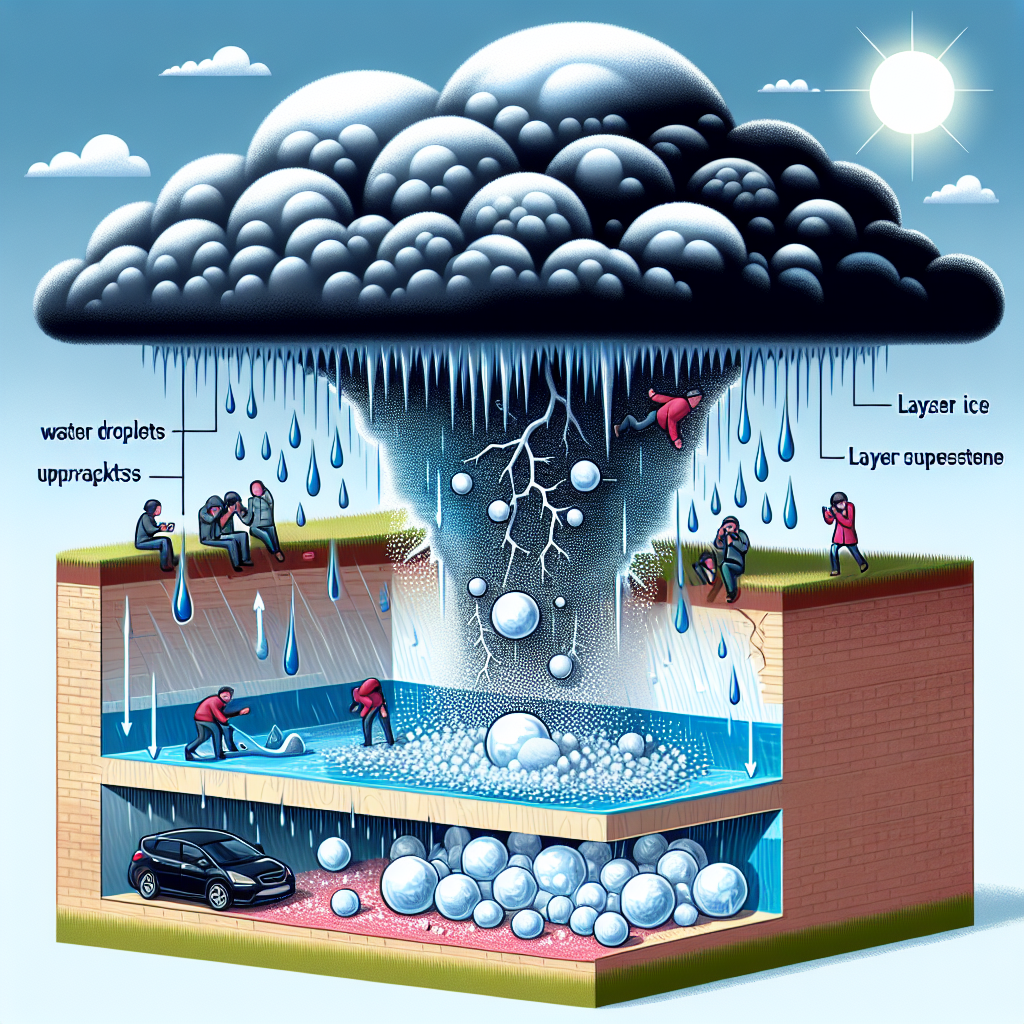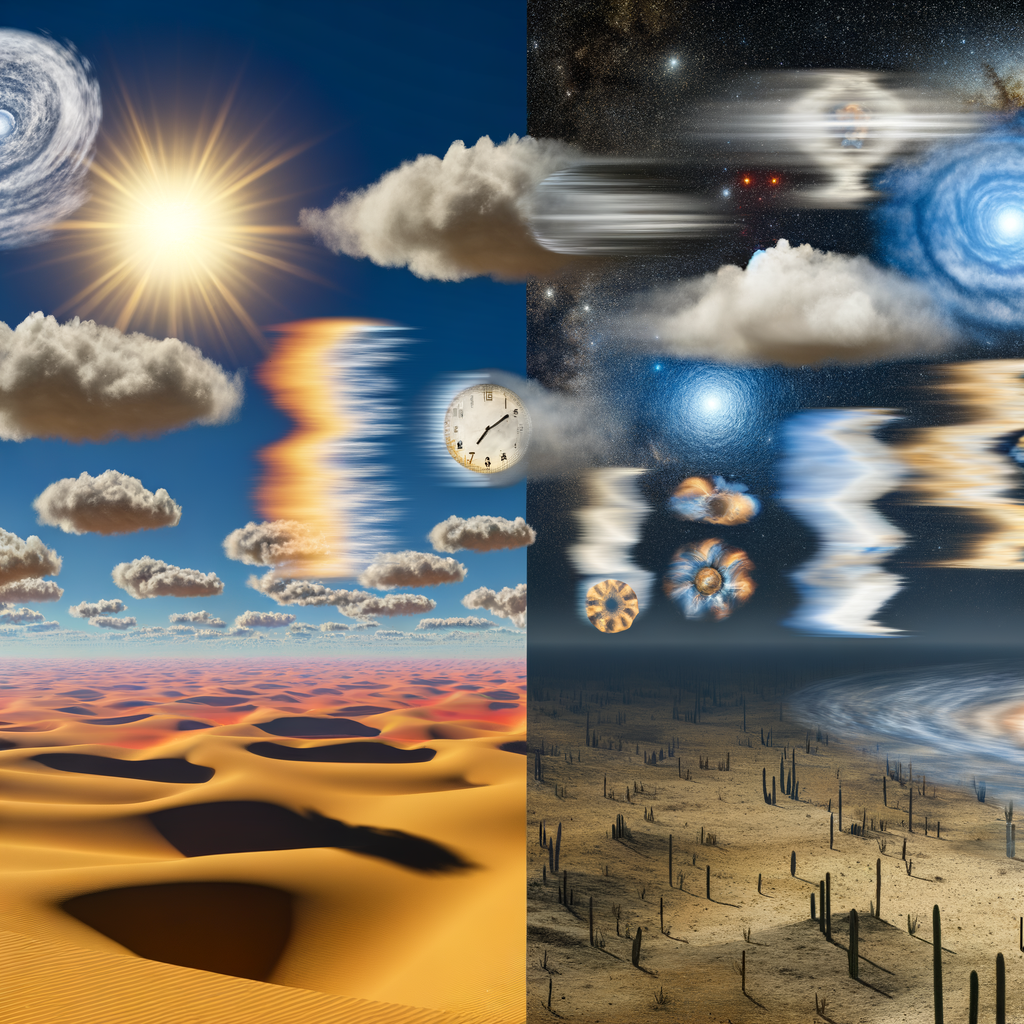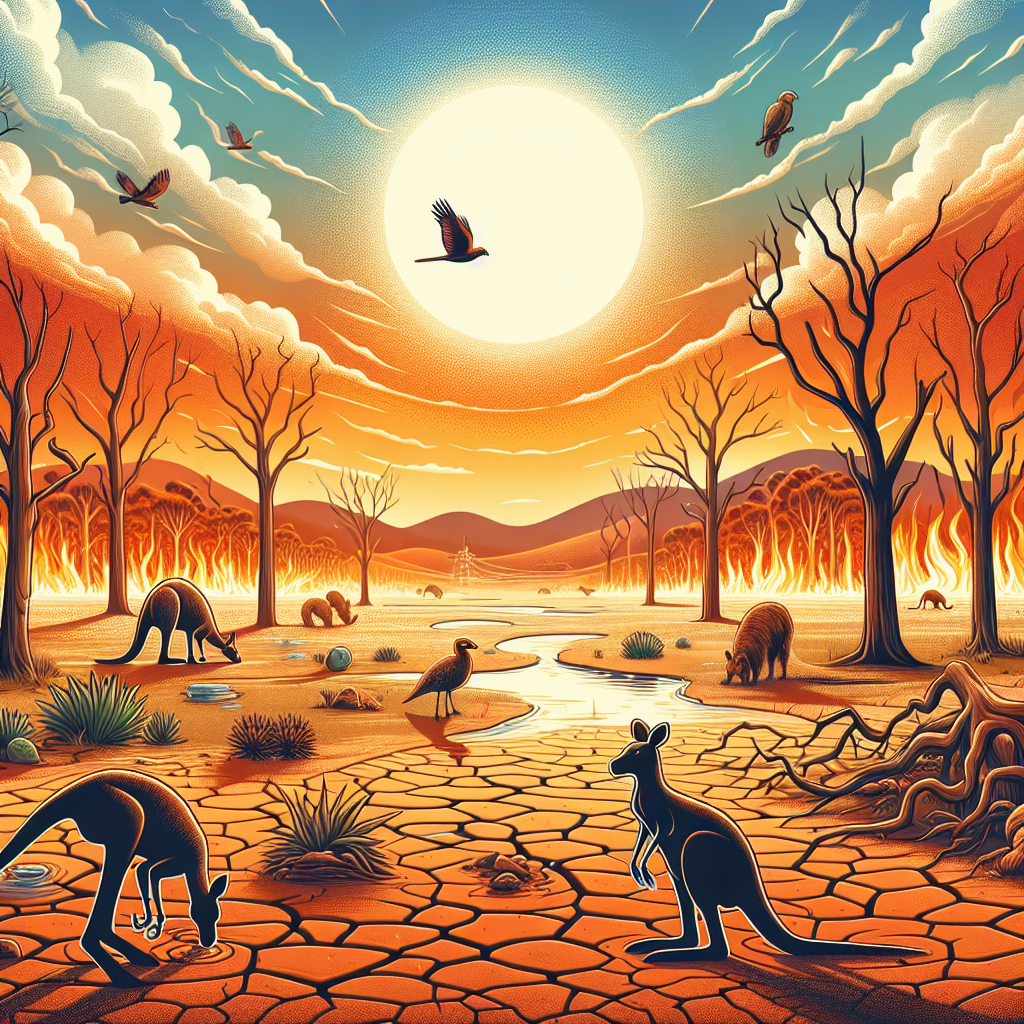Understanding Fog: An In-Depth Look at Its Formation and Effects
Fog is a fascinating weather phenomenon that often invokes imagery of ghostly landscapes and muted sounds. It occurs when water vapor condenses into tiny droplets suspended in the air, significantly reducing visibility. Understanding the intricacies of fog, including its types, formation, and impacts, can provide invaluable insights for both everyday life and specialized fields such as meteorology, transportation, and agriculture.
Types of Fog
Several types of fog exist, each categorized based on its formation process. The primary types include:
Radiation Fog: Commonly formed on clear, calm nights, radiation fog develops when the ground loses heat through radiation, cooling the air right above it. When this air cools to its dew point, condensation occurs, creating a dense layer of fog near the surface.
Advection Fog: This type arises when warm, moist air moves over a cooler surface, such as a cold body of water. As the warm air cools, it condenses into fog. Coastal areas often experience advection fog, especially during summer months.
Upslope Fog: Formed when moist air rises up a slope, upslope fog occurs as the air cools and condenses at higher altitudes. This phenomenon is prevalent in mountainous regions, where moist air is forced upwards.
Evaporation Fog: Also known as steam fog, this type occurs when cold air comes into contact with warm water. The warm water evaporates into the cold air, creating fog. This is typically seen over lakes and rivers during the early morning.
Freezing Fog: This occurs when the temperature is below freezing, and supercooled water droplets form fog. When these droplets come into contact with surfaces, they freeze, creating a layer of ice.
Formation of Fog
The process of fog formation hinges predominantly on humidity, temperature, and atmospheric pressure. The relationship between these factors is crucial:
Humidity: For fog to form, the air must reach saturation, meaning it holds the maximum amount of moisture it can at a given temperature. High humidity conditions, often exceeding 90%, are conducive for fog formation.
Temperature: The cooling of the air, either through radiation cooling at night or contact with cooler surfaces, is essential. The temperature must drop to the dew point—a critical factor where water vapor condenses into liquid droplets.
Atmospheric Pressure: Low-pressure systems and weak winds contribute to the clear skies and calm conditions that are favorable for fog formation. Conversely, high wind speeds can disperse fog before it becomes dense.
The Impact of Fog
Fog can significantly influence various aspects of daily life, industries, and ecosystems.
Transportation
One of the most critical areas affected by fog is transportation. Visibility can be drastically reduced, leading to hazardous conditions on roads, runways, and waterways. According to the National Highway Traffic Safety Administration (NHTSA), more than 38,000 crashes involvements fog each year in the United States alone. Awareness of fog alerts and implementation of safety measures, such as reduced speed limits and increased visibility for vehicles, are essential for mitigating accidents.
Air travel is similarly impacted; dense fog can lead to flight delays and cancellations, disrupting schedules and causing economic ripples. Airports often rely on sophisticated radar systems to monitor fog conditions, enabling them to implement necessary safety protocols.
Agriculture
Fog can provide crucial benefits for agriculture, especially in regions subject to drought. It acts as a natural irrigation system, saturating the soil and providing moisture to crops through condensation. Particularly in coastal and arid areas, crops can absorb this moisture directly, reducing the need for additional irrigation systems. Certain crops, such as grapes for wine production, thrive in foggy conditions, where cooler temperatures during the night enhance flavor profiles.
However, fog can also present challenges. Prolonged foggy conditions can inhibit photosynthesis if sunlight is unable to penetrate the dense mist, potentially leading to reduced crop yields. Farmers must balance the benefits and drawbacks of foggy weather to ensure optimal production.
Ecosystems
Fog plays a vital role in various ecosystems, particularly in coastal and mountainous regions. Fog drip—a phenomenon where fog condenses on vegetation and drips to the ground—can significantly contribute to local water supplies. In ecosystems like coastal redwood forests, fog provides a substantial portion of the water needed for both plant and animal life.
The persistence of fog in certain ecosystems creates unique habitats that support specialized flora and fauna. For example, specific species of animals have adapted to thrive in foggy environments, displaying unique behavioral traits tied to their reliance on moisture.
Health Implications
Fog can also have health implications, as the moisture in the air can foster the growth of mold and bacteria. Individuals with respiratory issues, such as asthma and allergies, may find that their conditions worsen in foggy weather. Furthermore, the dampness can lead to increased occurrences of illnesses such as colds and flu.
Conclusion
Fog remains a captivating weather phenomenon with significant impacts on transportation, agriculture, ecosystems, and health. An understanding of its types, formation, and effects allows us to better appreciate this mysterious and sometimes problematic aspect of our environment. By recognizing the nuances of fog, individuals and industries can better navigate its challenges and capitalize on its benefits.

















